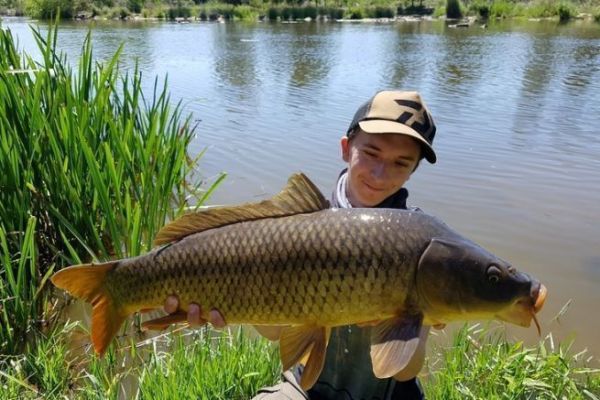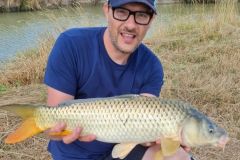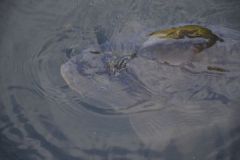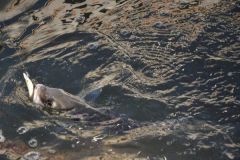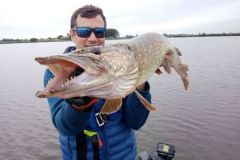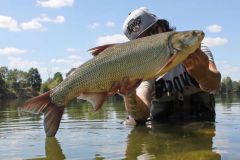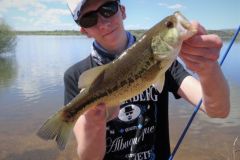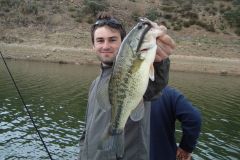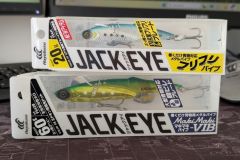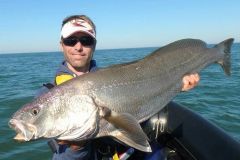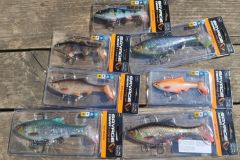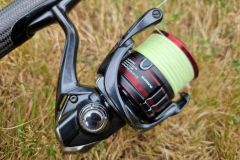Find your target
Carp are not carnivorous fish, but rather omnivorous. They feed on small invertebrates and crayfish, which our lures are designed to imitate. Finding a carp that will bite on a lure is not always easy.
Firstly, you need to see the fish, either as it is visible in clear water, or as it feeds on the bottom, raising a cloud of silt and bubbles. When the water is very dirty, it's not uncommon to see carp tails sticking out of the water as they feed.
Secondly, the fish must be feeding. A fish basking in the sun without doing anything is obviously not a fish you can attack with a lure.
How to proceed?
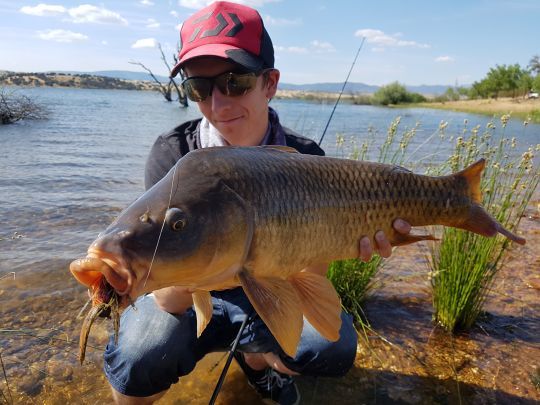
Approach is the most important factor to master: be extremely discreet, make as little noise as possible and avoid sudden movements. Every step towards the fish should be taken when the fish can't see you, for example, when it lifts the silt with its head to extract its food. If the fish straightens up and looks around, stand still until it returns to feed.
Lure placement is also very important. The technique is to cast your lure away from the fish so that it cannot hear it fall, then bring it back in its direction. The line and lure must never touch the fish to be successful. Once the lure is less than 50 cm from the fish, a few well-timed strokes of the tip of the line are enough to bring it close to the fish in the cloud of stirred-up mud.
If you follow all the steps correctly, the fish will decide whether or not to grab the small invertebrate you've presented so perfectly. Be careful not to hook too early: ideally, you should wait until the carp sucks in the lure or, if the water is too dirty, until the braid becomes taut as it is sucked in.
Choose your zone
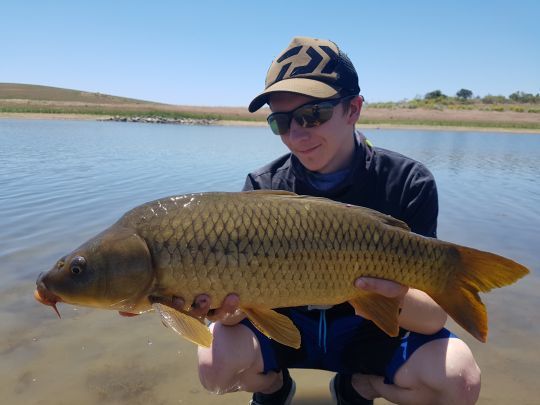
Of course, it is possible to perform this technique in France. However, some countries, such as Spain and Portugal, lend themselves more easily to this technique. The carp population must be sufficiently large to be able to practice on several fish before succeeding in luring one. Untrained fish are also easier to lure.
As for the season, I recommend you try this technique when the water temperature is warm, which favours the development of small invertebrates on the edges. This technique can be used in rivers and lakes alike.

 /
/ 